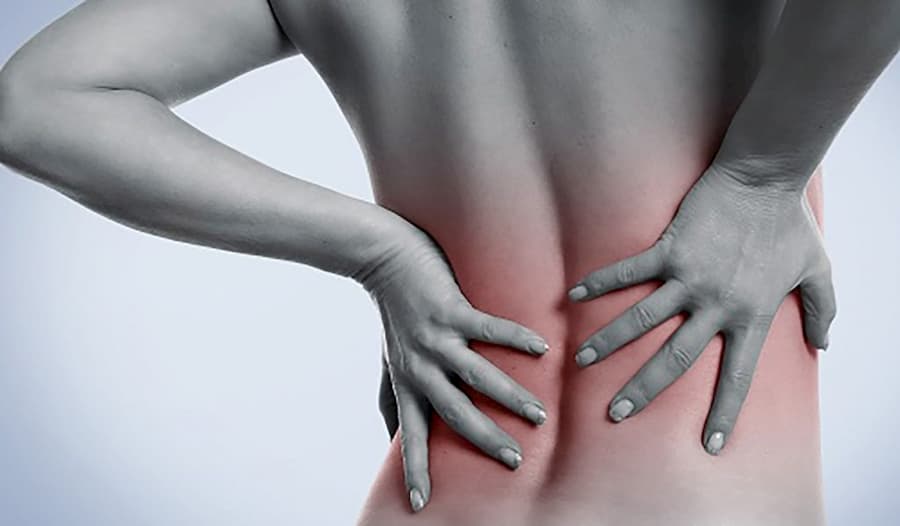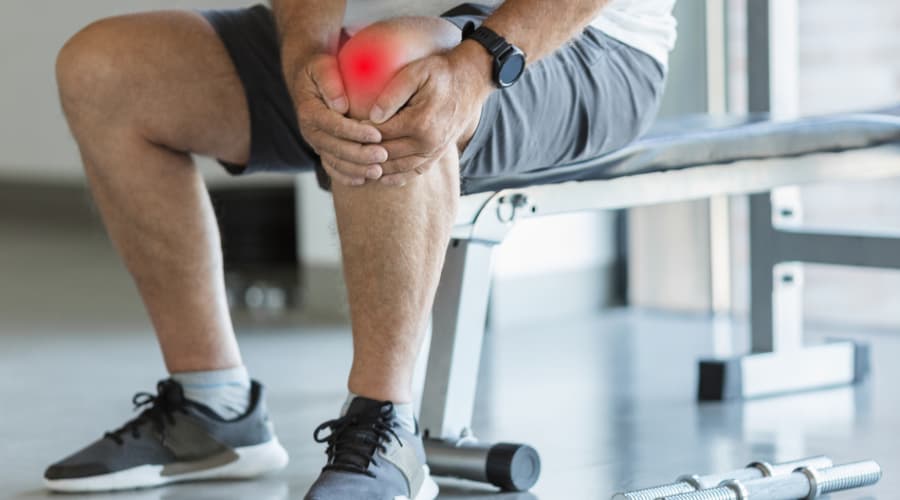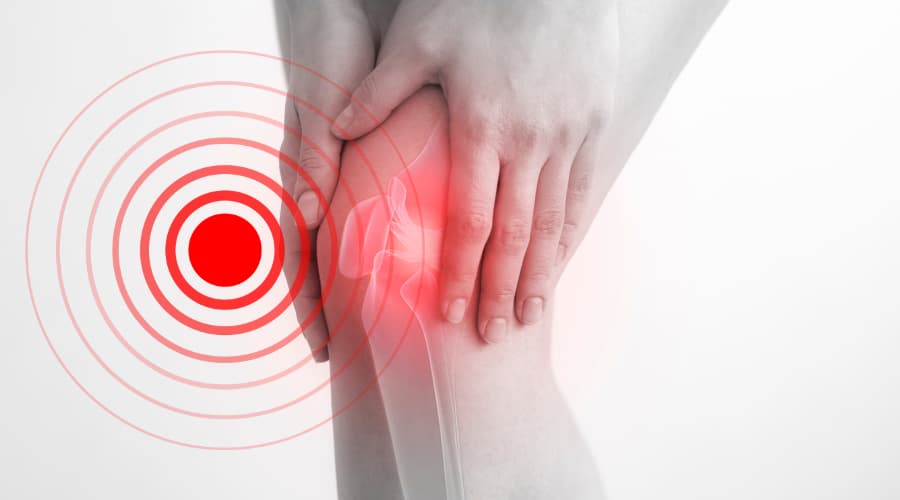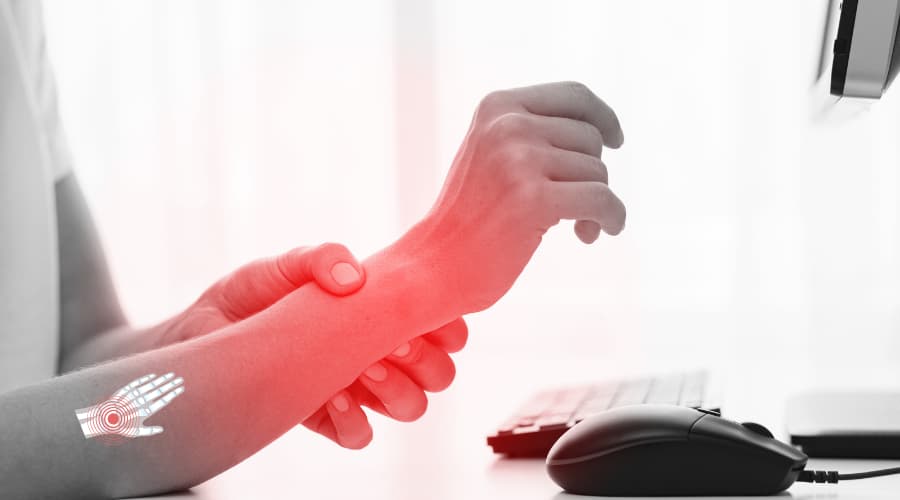While high heels are fantastic for fashion and can pair well with many outfits for a variety of occasions, it’s important that you take into account how high heels affect your health. If you wear high heels on a regular basis, it’s likely that you will experience a wide range of foot problems along with additional issues to your health. Some of the more common symptoms that people experience when wearing high heels include leg pain, foot pain, and back pain. Over time, these issues can worsen and may even require surgery to correct, which is why it’s essential that you understand the full effects of wearing high heels.
Standard Effects of Wearing High Heels
Even though high heels can look amazing, the health issues that are brought on by wearing these shoes occur because of the balance problems that invariably happen while you wear them. When wearing high heels, you will have a somewhat off-kilter balance. Unfortunately, the body attempts to compensate for this off-kilter balance by bending and flexing the spine and hips forward. If you wear high heels for a lengthy period of time and on a regular basis, the new position of your body will create an excess amount of strain and muscle fatigue. In order for the body to maintain its balance, the back, calf, and hip muscles will invariably tense up, which causes undue amounts of pressure to be placed on these muscles. When you wear flat shoes as opposed to high heels, your body weight will more properly be distributed across both feet, which lessens the possibility of health issues and ensures that the calf muscles are relaxed.
How High Heels Affect Your Posture and Balance
Wearing high heels regularly will lead to a range of issues regarding your posture and balance. When you wear high heels, the front portion of your foot is pushed into a forward position, which greatly increases the pressure around the forefoot. When this occurs, the rest of your body will shift somewhat in order to account for the changes that have taken place with your balance. These shifts will lead to the lower portion of your body leaning forward while the upper body leans back as a kind of counterweight, which means that your body alignment won’t be natural when you wear high heels.
The posture that you have will be stiff as opposed to relax, which places stress on numerous muscles throughout your body. Keep in mind that the effects of high heels on posture worsen with heels that have a taller height to them. For instance, stilettos that are extra high at five inches or so will lead to an odd curvature within the lower back. Over time, this curvature can cause pain and stiffness in the same area. As for your balance, wearing high heels is similar to walking on a thin beam of wood. Whenever you need to navigate around inclines, elevations, and different surfaces, you’ll need to be very precise with your movements if you want to maintain your balance, which will place stress on your body.
In situations where you try to move quickly when wearing high heels, more weight would be placed on the balls of your feet in order to keep your balance. By placing high amounts of pressure on your toes and the front of your feet, you risk causing damage to the connective tissues and bones in those areas. Stilettos are particularly harmful to a person’s balance since the very thin heels provide hardly any stability. When wearing stilettos, your ankle and foot will be in a supine position, which heightens the possibility that you will fall or suffer from a twisted ankle. Strains and sprains are particularly common for people who wear high heels because of the loss of balance that can readily occur.
Gait Issues
Your gait refers to the manner in which you walk. While it’s clear to most people who wear high heels that doing so can make it difficult to walk properly, these gait issues can become so severe that they affect the way you walk even when you’re not wearing high heels. When a person takes a normal stride, the foot will roll from the heel all the way to the ball before pushing off with the toes and stepping forward. However, walking in high heels means that you won’t be able to properly push off the ground with your toes.
Because of this change in how you walk, your hip flexor muscles will be required to work much harder in order to move your body forward. Keep in mind that your knee muscles will also be required to put in extra work when you walk, which can place high amounts of stress on these muscles and weaken them over time. As is the case with most other health issues on this list, the gait problems that you experience will worsen with higher heels. Your gait can become particularly unnatural if your calves, back, and knees, aren’t strong enough to properly compensate for the overall imbalance caused by the heels.
Back and Hip Problems
The standard shape of a back has a C-curve to it, which is actually very important to a person’s health. With this shape, the back can absorb a substantial amount of shock while also lessening the amount of stress that’s placed on the pelvis and vertebrae. Wearing high heels can be particularly problematic for the lumbar spine, which refers to the lower back. When you wear high heels, this area of your spine will flatten unnaturally while also causing the middle portion of the back to move into a position that’s much more curved than usual.
The main issue with the curvature changes in your back that are caused by high heels is that too much pressure will be placed on your back. If you ever wear your heels for an entire day, you will be required to lean forward if you want to remove some of the pressure that’s been placed on the back. If you don’t take these measures after wearing high heels, the pressure will remain in place, which means that your alignment will be poor. If your back has a bad alignment to it, the back muscles will be overused, which indicates that there’s a higher chance that you eventually suffer from chronic back pain.
When looking specifically at the problems caused around the hip, it’s important to understand that a range of issues can occur with the hip flexor muscles, which directly control the lifting of your legs. When you wear high heels, your hip flexors will constantly be in a flexed position, which will damage these muscles over time. When these muscles are used in such a manner on a regular basis, they will almost always contract and shorten. The contraction of your hip flexor muscles poses additional problems for your lumbar spine. These problems will lead to the lumbar spine being overly flattened, which itself may lead to the development of hip pain as well as pain in the lower back. If you want to keep mobile and healthy for as long as possible, you should avoid wearing overly high heels.
Potential Issues With Knees
As touched upon earlier, wearing high heels can adversely affect the knees in a variety of ways. Osteoarthritis in the knee is particularly common among women who wear high heels. This is a condition that causes the cartilage and underlying bone in the affected area to degenerate, which leads to a problematic weakening of the knee. Since your knees are primarily responsible for nearly all movements within the lower portion of your body, you’ll want to do what you can to keep your knees in good shape. The main problem with wearing high heels as it relates to your knees is that these heels place your knees further away from the ground than they should be, which increases the amount of compression and knee torque in the area, the latter of which refers to a force of rotation that occurs while you wear high heels.
Your knees will also be in a flexed position constantly while you wear high heels, which will result in the shin bone turning inward in order to provide some balance. When your shin bone turns inward, the inner knee becomes compressed, which causes general wear and tear in the area. In the event that you’ve already been diagnosed with osteoarthritis, it’s highly recommended that you don’t wear high heels in the future if you want to avoid worsening your condition. Doing so may quicken the rate of joint damage within the knee.
How the Ankles and Feet Are Affected
Among the most serious problems caused by regularly wearing high heels occur within the ankles and feet. With the ankles, wearing high heels will reduce the power of motion of the joint. Your calf muscles will also be shortened over time because of how high the heels are, which means that you could experience difficulties whenever you move your foot forward. Since the position of your ankle changes when wearing high heels, your Achilles tendon will contract right around the heel bone. When this occurs, you’ll be at a heightened risk of developing Achilles tendinitis, which is an inflammatory condition that results from the Achilles tendon being overused. If ever you develop Achilles tendinitis, you’ll likely experience pain, stiffness, and tenderness around the ankle and throughout your leg. These symptoms will be at their worst after you run, sprint, or climb stairs.
Wearing high heels will also damage your feet in numerous ways. When you wear high heels, the foot is positioned in a downward placement, which causes high amounts of pressure to be placed on the bottom area of the forefoot. This pressure will worsen with higher heels. Studies have found that wearing a heel of 3.5 inches raises the pressure by upwards of 75 percent. Over time, this pressure will cause your foot to become weakened and structurally damaged. Along with pain, such foot deformities as neuromas and bunions will also be common.
If your feet remain in this position on a regular basis, the alignment of your Achilles tendon will become altered, which could result in the development of Haglund’s deformity. This condition occurs when the back of the heel becomes enlarged, which will lead to pain. High heels also adversely affect the arch of the foot, which causes the supporting ligaments and tendons to tighten. The resulting condition is referred to as plantar fasciitis, which also causes the affected individual to experience high amounts of pain until they treat the underlying cause of the condition.
Primary High Heel Solutions to Consider
While the issues caused by wearing high heels can be severe, there are a variety of things that you can do to mitigate these problems if you are going to continue wearing high heels in the future. Even though you won’t be able to avoid these issues altogether, it’s possible to prevent long-lasting health conditions from developing. First of all, it’s essential that you never wear high heels for a lengthy period of time. For medium-size heels, it’s recommended that you don’t wear them for more than three hours at a time. However, higher stiletto heels should never be worn for longer than an hour.
In order to reduce the amount of issues you experience while wearing high heels, you should stretch your leg muscles right before you put the heels on and soon after you take them off. A great way to wear high heels while lessening the damage caused by them is to limit the height of the heel to two inches or less. . While certain high heels come with pointed toes, you should avoid these heels altogether since they will bunch up your toes and cause the underlying bones and ligaments to become damaged.
If you have yet to select a pair of high heels but are currently shopping for some, consider selecting high heels that are outfitted with leather insoles. These insoles will keep your foot from slipping. Lastly, it’s important that your shoe selection is a varied one and that you change up what you wear on a regular basis. Wearing high heels a couple times each week doesn’t matter as much as long as you pair them with comfortable shoes that keep your feet protected.
If you’ve started to experience pain or similar symptoms because of how often you’ve worn high heels in the past, contact our Chiropractors today to inquire about our treatment options.
Related Articles
- Is Slouching Affecting Your Mood?
- 10 Things You Can Do To Maintain Spine and Joint Health in 2020
- 6 Ways to Maintain Spinal Health
- Preventing Neck And Back Pain From Computer Use
- Sitting Comfortably with Sciatica




